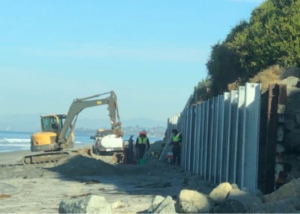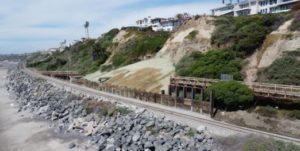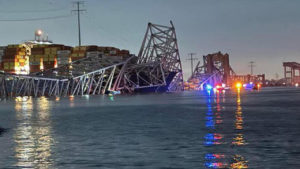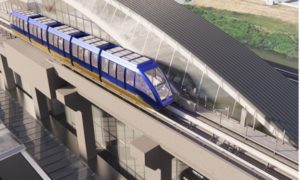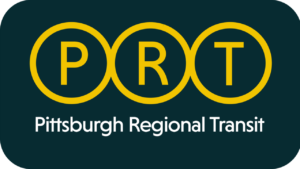High Costs and a Century-Old Bridge: Challenges in CT Rail Service Expansion
Written by Jennifer McLawhorn, Managing Editor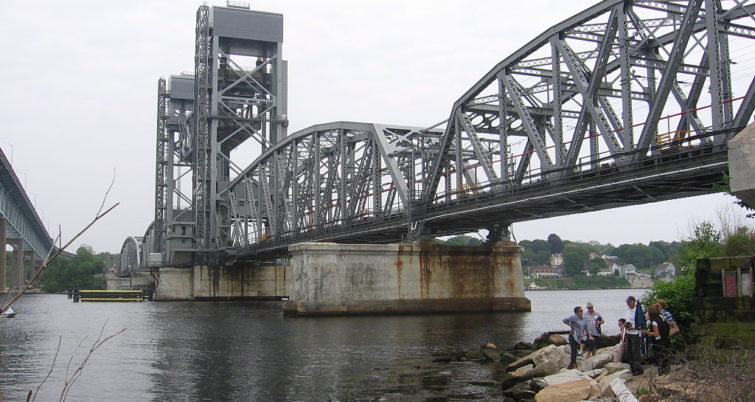
NEW LONDON, Conn. – Current efforts to expand rail in eastern Connecticut are hindered by funding and limitations of a rail bridge over the Thames River.
CT Insider has reported that current efforts to expand rail in eastern Connecticut are hindered by funding and limitations of a rail bridge over the Thames River. An assessment from the Connecticut Department of Transportation examined “the feasibility of extending existing commuter rail service beyond new London, including the creation of a branch line to Norwich and a future expansion of Shore Line East service to Rhode Island.”
The report shows a $1 billion startup cost for the two routes. However, the area’s “sluggish” job growth coupled with the large cost are two factors that “could weigh against such an investment.” Additionally, it would need to share the Northeast Corridor with Amtrak. Amtrak is the current owner and plans to “increase the number of daily trains that it runs between New York and Boston.” By expanding those other transit services, it could “provide a quicker and cheaper alternative to meeting the region’s needs.”
According to the report, “Transit investment could satisfy existing and future regional mobility needs, independent of any other long-term strategies like enhanced rail service.” While no lawmakers have approved any funding as of reporting, DOT spokesman Josh Morgan said: “This is a first step, as more analysis would be needed before any project move forward, requiring detailed planning and significant capital investments for several years.” Also, the DOT will hold public meetings later this month for community feedback.
However, the news report says that lawmakers and transit advocates believe the DOT’s findings “did little to dispel the idea that an expansion of rail service is not only feasible, but likely to bring significant benefits to the state and region.” In fact, state Senator Christine Cohen said: “I think we’ve long known that we want to have more transportation options in eastern Connecticut. . . I think we want to make sure that there’s connectivity with other states so that we have sort of a throughway and the ability for folks to get where they need to be in a fast way.”
Between New London and Rhode Island’s Wickford Junction is a stretch of the Northeast Corridor that is “among the last” to not have parallel service from commuter. Both Connecticut and Rhode Island officials have discussed extending the current Shore Line East Route between both states, “with Rhode Island officials seemingly open to ending the new route in Westerly.” However, that route has not been able to gain its pre-pandemic ridership levels, and Governor Ned Lamont agreed in reducing service in order to cut costs. By extending the route “with new stops in Groton, Mystic, and Stonington,” there would be an up-front cost of $245 million, “plus an additional $52 million annually to operate.”
The existing rail bridge that crosses the Thames River “can only handle the addition of one commuter train in either direction,” and the “extending Shore Line East would preclude the state from opening a spur line into Groton or branch service along the eastern banks of the river.”
Another possible expansion listed in the report “was the conversion of the existing freight lines on the western side of the river into a commuter route between New London and Norwich, with potential stops near the U.S. Coast Guard Academy and Montville’s Mohegan Sun Casino.”
The Palmer Line is estimated to cost around $635 million initially with another $33 million annually.
According to the report, President of the Commuter Action Group, Jim Cameron, said creating a new branch line to Norwich is “prohibitively expensive, especially given the planned service cuts along other rail corridors such as the state’s marquee New Haven Line.” Cameron went on to say that the “priority should be to improve and to run the service we have today” as opposed to planning for expansion.Back in 2021, lawmakers approved $2.3 million for a two-year study of a rail expansion. For developing expanded rail routes, the next steps include “planning, design, and construction.” These steps could take up to ten years or more.

